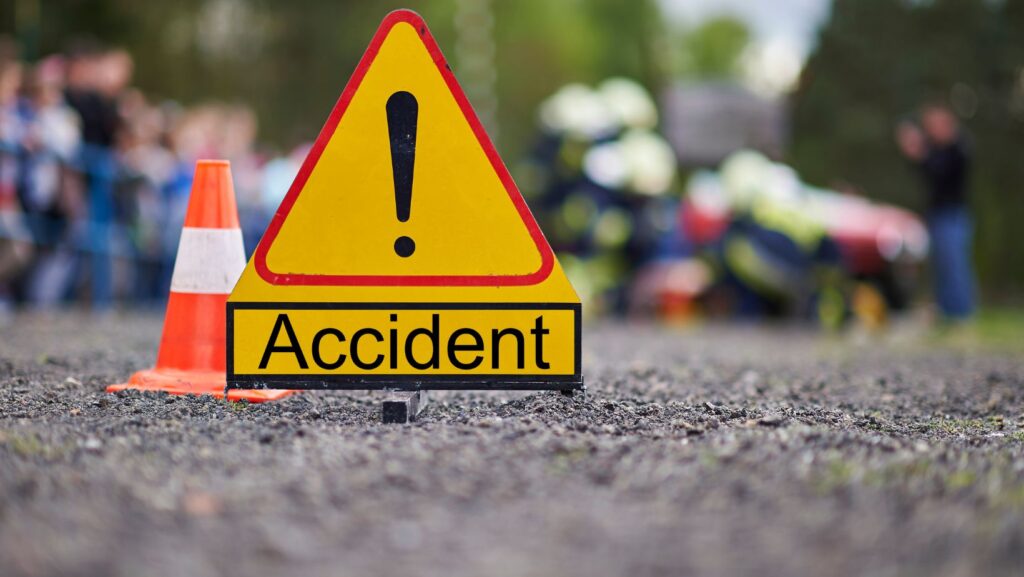Car accidents can be overwhelming experiences, often leaving us confused about who’s at fault and what our responsibilities are. Misunderstandings about fault and liability can lead to disputes that complicate the aftermath of an accident. In this post, we’ll tackle some common misconceptions about fault in car accidents, helping you navigate these murky waters with confidence and fair settlement for car accident. By understanding these myths, you can better protect yourself and make informed decisions should you ever find yourself in an accident.
The Basics of Fault and Liability in Car Accidents
Definition of Fault
In the context of car accidents, “fault” refers to the responsibility for causing an incident. This determination is crucial, as it can influence who is liable for damages and injuries resulting from the accident. Fault is often established through evidence and the behaviours of the parties involved leading up to the incident. If you’re in doubt about, you can contact RTACLAIMS.
Definition of Liability
“Liability” goes hand-in-hand with fault. It refers to the legal responsibility a person has for causing harm or damage to another party. In car accidents, liability determines who is financially responsible for covering costs such as vehicle repairs, medical expenses, and other damages resulting from the accident.
Overview of How Fault is Determined
Fault is typically determined by evaluating various factors, including traffic laws, witness statements, and physical evidence from the scene. Insurance companies, law enforcement, and sometimes the courts assess these details to establish who was at fault in a given situation.
Common Misconceptions About Fault
Misconception 1: The Driver in the Rear-Ended Accident is Always at Fault
One of the most pervasive myths is that the driver who rear-ends another vehicle is always to blame.

While it’s true that many rear-end collisions are caused by following too closely, there are exceptions. Factors like sudden stops due to unexpected road conditions or emergencies can shift fault away from the rear driver.
Misconception 2: If You’re Not Injured, You’re Not at Fault
Another common misunderstanding is that if you walk away from an accident without injuries, you must not be at fault. However, fault is determined independently of injuries. Even if you’re unharmed, your actions leading up to the accident may still contribute to liability.
Misconception 3: Fault is Always 100% on One Party
Many people believe that fault in an accident is an all-or-nothing situation, where one party is entirely responsible. In reality, fault can be shared between multiple parties. This concept, known as comparative negligence, means that each party’s actions are evaluated, and responsibility can be divided according to the degree of fault.
The Importance of Understanding Fault and Liability
Legal Implications
Understanding fault and liability is crucial because being found at fault can lead to serious legal consequences. This may include lawsuits and increased insurance premiums. Knowing how these aspects work can help you navigate the legal landscape more effectively.
Financial Impact
Fault plays a significant role in determining your financial responsibilities after an accident. If you are found at fault, you may face higher insurance premiums and out-of-pocket expenses. Being aware of how fault is assigned can help you plan and protect your financial interests.
Emotional Consequences
Car accidents can take an emotional toll, with stress and anxiety often accompanying the aftermath.

Misconceptions about fault can exacerbate these feelings, making it crucial to understand the truth. Knowing the facts can help you feel more in control and less overwhelmed.
How to Ensure a Car Accident Claim is Affordable
Are you worried that a car accident claim is going to be more trouble than it’s worth? This is a view of many people and they decide to handle the repairs by themselves. But, if the accident wasn’t your fault, why should you? There are ways to ensure that you’re not paying out for a car accident claim. Let’s take a look at what they are.
Choose a Free Claims Management Agency
If you’ve never worked with a claims management agency before, you might assume that they have charges you must pay. But, there are teams out there that are free to use. Instead of you paying anything from the settlement or in advance, they’re paid by the other insurance company. Therefore, you don’t pay a thing. So, when you’re hiring a claims management agency, make sure you choose one that’s free to use.
Select a Like-for-Like Vehicle
Most people will need a replacement car if they’re vehicle has been badly damaged in the accident. But, what they don’t realise is that it can be free if the other driver caused the crash. You just have to ensure that you’re selecting a life-for-like vehicle. This means that you’re getting a very similar car to the one you have. Anything that’s bigger, better or more luxurious will come out of your own pocket. So, ensure you get professional advice so that you can get a like-for-like vehicle and won’t have any extra expenses to worry about. In addition, be careful with the duration of the hire, making sure it’s only when you can’t drive your own vehicle.
Watch Your Medical Treatment
Know that the other side will pay for medical treatment you require if they were at fault for the accident. But, what you don’t want to do is get carried away with what help you receive. Yes, they’re paying for it. However, they won’t cover anything that’s deemed unnecessary. Therefore, understand the injuries you’ve sustained and make sure you’re only getting relevant treatment. Anything that’s related to other elements can cost you money.
Conclusion
Understanding fault in car accidents is essential for protecting your rights and ensuring a smooth recovery process. By dispelling common misconceptions, you can navigate the complexities of liability with greater confidence. Remember, being informed is your best defence.
